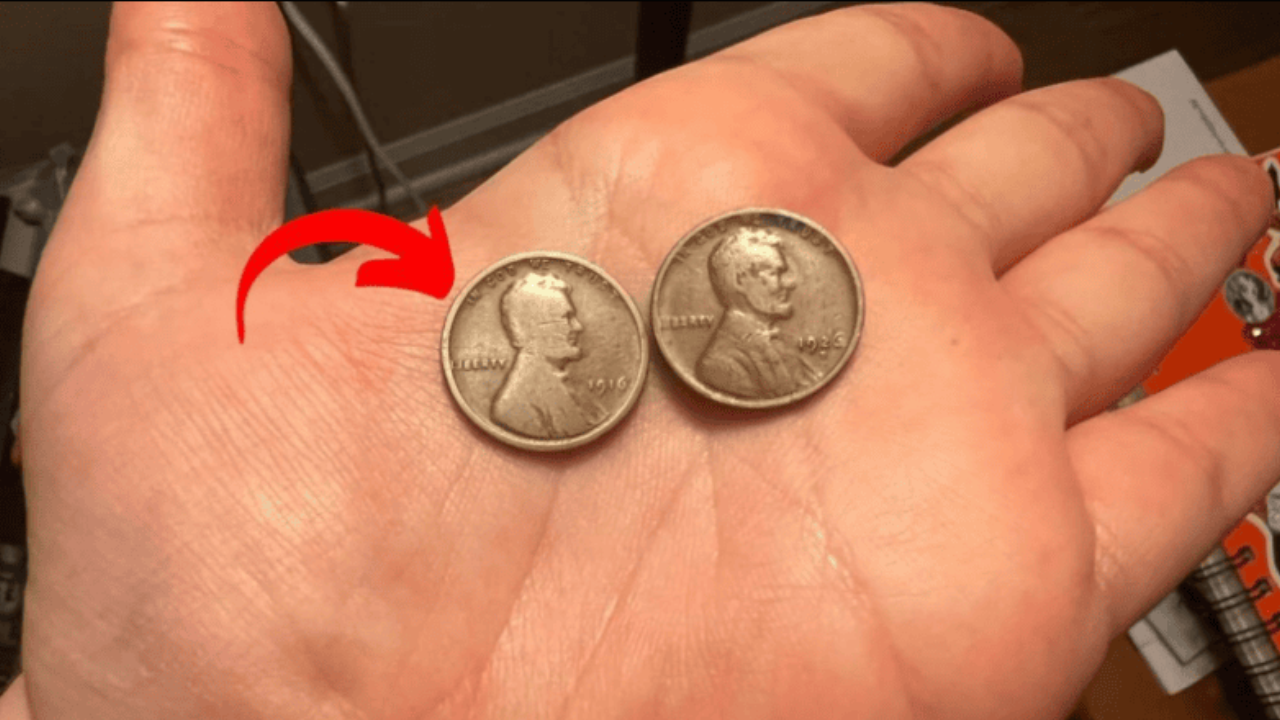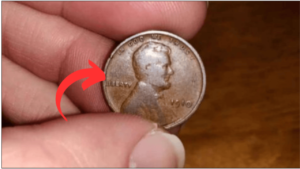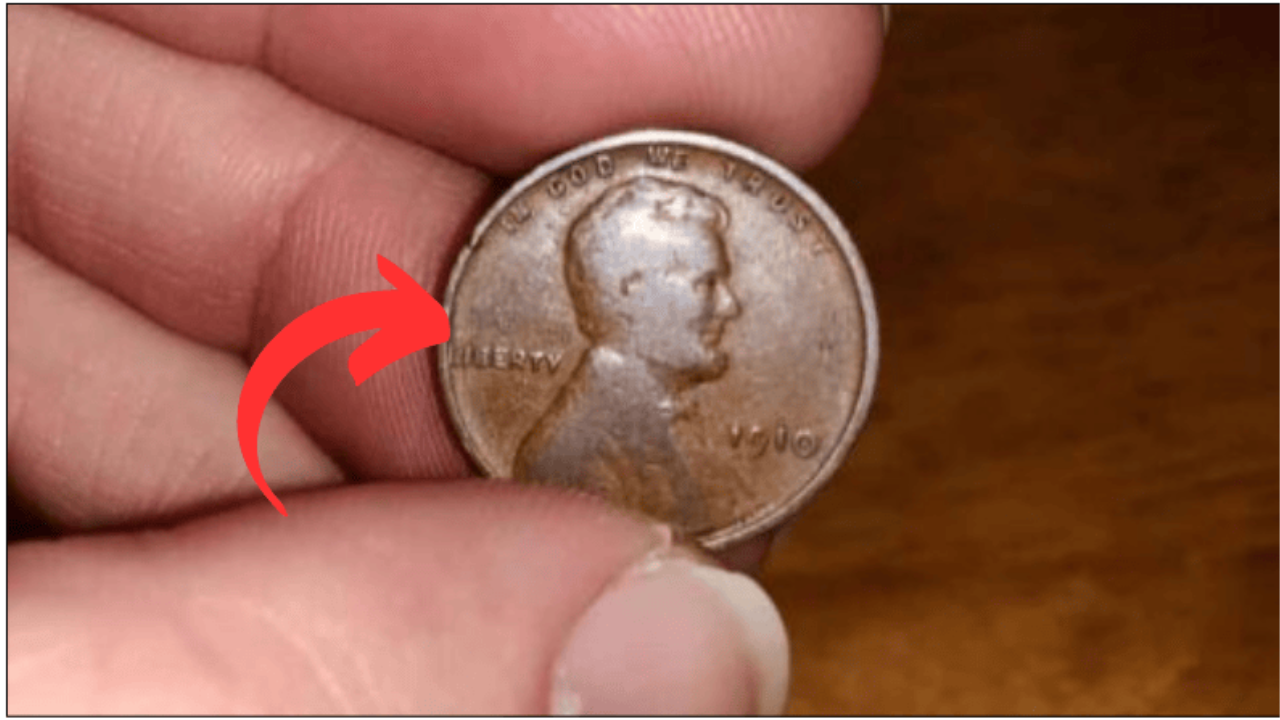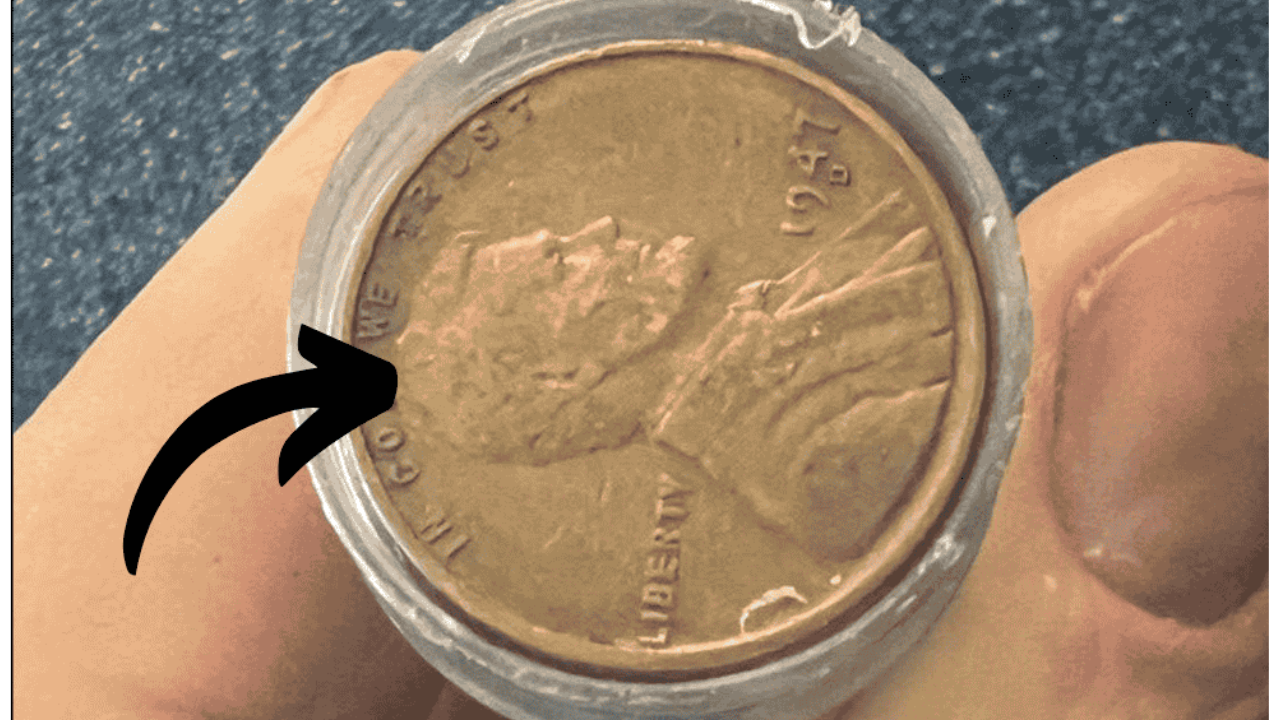Finding a fortune in your pocket change might sound like a dream, but it could become reality if you stumble upon one of the rarest coins in U.S. history — the 1943 Lincoln Wheat Penny made from bronze. With some of these pennies now valued at up to $1,000,000, collectors and casual coin hunters alike are scouring their spare change, hoping to uncover one of these elusive treasures.
So, what makes this penny so special, and how can you tell if you’ve got a million-dollar coin in your hands?
Why the 1943 Bronze Penny Is So Valuable
The Lincoln Wheat Penny was minted from 1909 to 1958, with most coins made from a copper alloy. But in 1943, due to the demands of World War II, the U.S. Mint used zinc-coated steel instead of copper — a metal prioritized for wartime production.
However, a small number of bronze planchets (coin blanks) from 1942 mistakenly remained in the minting machines and were used to strike some 1943 pennies. These errors were not discovered until much later, making the surviving 1943 bronze pennies exceptionally rare.
To date, only a few dozen have been authenticated, and their rarity and historical backstory have made them some of the most sought-after coins in the world.
How to Identify a 1943 Bronze Lincoln Wheat Penny
If you’re checking your change, here’s what to look for:
Check the Date
It must read 1943 — the year when pennies were officially made from steel, not bronze.
Inspect the Color
- Steel pennies have a silvery gray color.
- Bronze pennies appear brown or copper-colored.
Try the Magnet Test
Steel contains iron and will stick to a magnet. Bronze, made from copper and tin, will not. If your 1943 penny doesn’t stick to a magnet, that’s a promising sign.
Weigh It
Use a digital scale:
| Metal Type | Weight |
|---|---|
| Steel | ~2.7 grams |
| Bronze | ~3.11 grams |
A 1943 penny that weighs around 3.11 grams could be bronze — and potentially extremely valuable.
Look for a Mint Mark
Mint marks are found under the date:
- No mint mark = Philadelphia
- D = Denver
- S = San Francisco
All versions are rare, but the Philadelphia mint version is one of the most prized.
What to Do if You Think You Have One
If your penny meets these criteria, the next step is authentication. Contact a professional grading service such as:
- PCGS (Professional Coin Grading Service)
- NGC (Numismatic Guaranty Company)
These companies can verify your coin’s authenticity and assign it a grade, which heavily impacts its market value.
Why This Coin Could Still Be in Circulation
One of the most fascinating aspects of the 1943 bronze penny is the fact that some were discovered years or even decades later. They’ve been found in coin rolls, old jars, estate sales, and inherited collections.
Because only a limited number are known to exist — and no one is sure how many were actually minted — coin experts believe a few may still be floating around in everyday circulation. That means your spare change could hold a life-changing surprise.
The Value of Rare Lincoln Pennies
While the 1943 bronze penny is the crown jewel, other rare Lincoln Wheat Pennies can also be worth thousands. Below is a table showing a few valuable dates:
| Year | Type/Variation | Estimated Value (High Grade) |
|---|---|---|
| 1909-S VDB | First year, rare mint mark | $800 – $3,000+ |
| 1914-D | Low mintage | $200 – $2,000+ |
| 1922 No D | Minting error | $500 – $5,000+ |
| 1943 Bronze | Wrong material | Up to $1,000,000 |
Turning Spare Change into Big Bucks
Whether you’re a seasoned collector or just coin-curious, checking your pennies — especially 1943 Lincoln Wheat Pennies — can be a fun and potentially lucrative hobby. Even if you don’t find a million-dollar coin, rare pennies from the early 1900s can still fetch impressive amounts.
Keep an eye out, weigh your coins, and don’t underestimate what might be lying unnoticed in an old piggy bank.
FAQs
Why is the 1943 bronze penny worth $1,000,000?
Because it was mistakenly struck in bronze instead of steel during wartime rationing, and only a few were ever made.
How can I tell if my 1943 penny is bronze?
Check its color, test with a magnet, and weigh it — bronze weighs ~3.11 grams and is not magnetic.
What mint marks are rare for the 1943 bronze penny?
All are rare, but those from Philadelphia (no mint mark), Denver (“D”), and San Francisco (“S”) are highly valuable.
Can I still find a 1943 bronze penny today?
Yes, though extremely rare, some have been found in circulation or old collections years later.
Where should I get a rare penny appraised?
Use professional grading services like PCGS or NGC for authentication and valuation.









